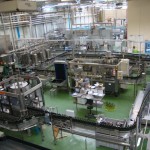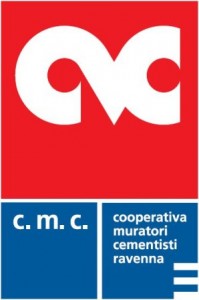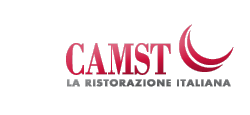Before departing for Italy, I was determined to find out more about social co-operatives – a model pioneered in the country in the late 1970s. It has had impressive growth, especially in recent years, with numbers doubling since 2005 to 15,000 businesses.
So, why are social co-operatives so popular?
The answer lies in the co-operative model being central to Italy’s social services system. It is legally recognised and given preferential treatment in public procurement. It places civil society at the forefront of service reform. Most are worker co-operatives, however the multi-stakeholder model – where workers, beneficiaries & volunteers share control – is also popular.
Principles of reciprocity, equality and accountability are important in the delivery of humane care and the organisational attributes of co-operatives offer such advantages. Other drivers include dissatisfaction with service quality and a perception that user involvement will ultimately enhance delivery. Also there is an expectation that social co-operatives will deliver at a lower cost and with a commitment by the government to ‘subsidiarity’, services delivered and controlled by organisations closely relate to citizens.
There are two types of social co-operative:
‘A’ Co-ops – account for seventy per cent of social co-operatives. They serve the elderly, children, and disabled people through the provision of health, education and social services. They operate as commercial businesses but have privileged relationships with the municipalities.
‘B’ Co-ops – account for thirty per cent of social co-operatives. They are similar to UK’s ‘social firms’. Their aim is to integrate disadvantaged people – referred by municipalities’ social services departments – into work. Over thirty per cent of employees must be deemed ‘disadvantaged’. These groups typically undertake cleaning, landscape gardening, parks maintenance, laundry and packing/assembly work. Disadvantaged employees can be compensated at lower pay rates (recognising a lower productivity) and there is no national insurance paid on wages.
Social co-operatives, like other co-operatives, have beneficial tax arrangements and access to finance on good terms. This is balanced against restrictions on distribution of profits. The law ties social co-operatives to only serve a given municipality – although wider coverage is often achieved through collaborating in consortia.
During my stay in Emilia Romagna I visited Cadiai – a ‘category A’ social co-operative. It was established in 1974 to provide services to the elderly, handicapped and children, now employing 1,246 staff, primarily working in Bologna. Services include residential care, nursing care, day nurseries and home care.
I visited one of its nurseries which is operating under a 28 year contract with the Bologna municipality. It is owned by a consortium of two social co-operatives, a construction co-operative (that built the facility) and a catering co-operative (that provides the meals). This enables an interesting financing model as investment can be spread over a long contractual period (enabled by both the contract period and a construction company being part of the consortium).
 I was fascinated to see the thought that had gone into the design of the nursery. It was clearly based on a scientific understanding of a child’s development.
I was fascinated to see the thought that had gone into the design of the nursery. It was clearly based on a scientific understanding of a child’s development.
It was more client centric than any nursery that I’d visited back at home. The ethos that underlies co-operative ownership was explained as the reason.
Some serious lessons for us here in Scotland. The potential role of mutual models in delivery of public services is currently being explored. Italian social co-operatives demonstrate that such models lead to reduction in costs, improved quality and higher job satisfaction. They also illustrate that legislation – put in place to promote a specific approach – can have far reaching effect.
Until next time…
And remember…think ‘co-operatively’!
Sarah Deas is the chief executive of Co-operative Development Scotland, a Scottish Enterprise subsidiary, established to help companies grow by setting up consortium, employee-owned and community businesses. It works in partnership with Highlands and Islands Enterprise





